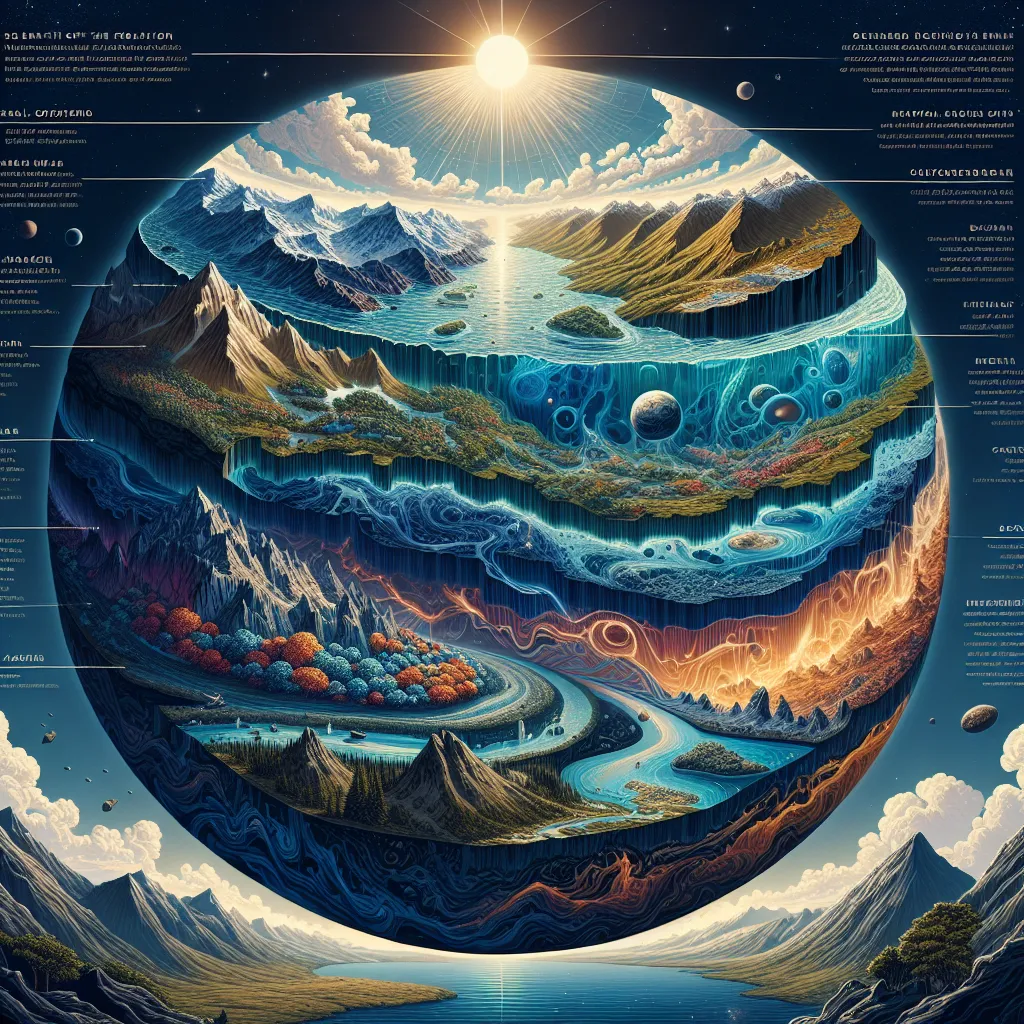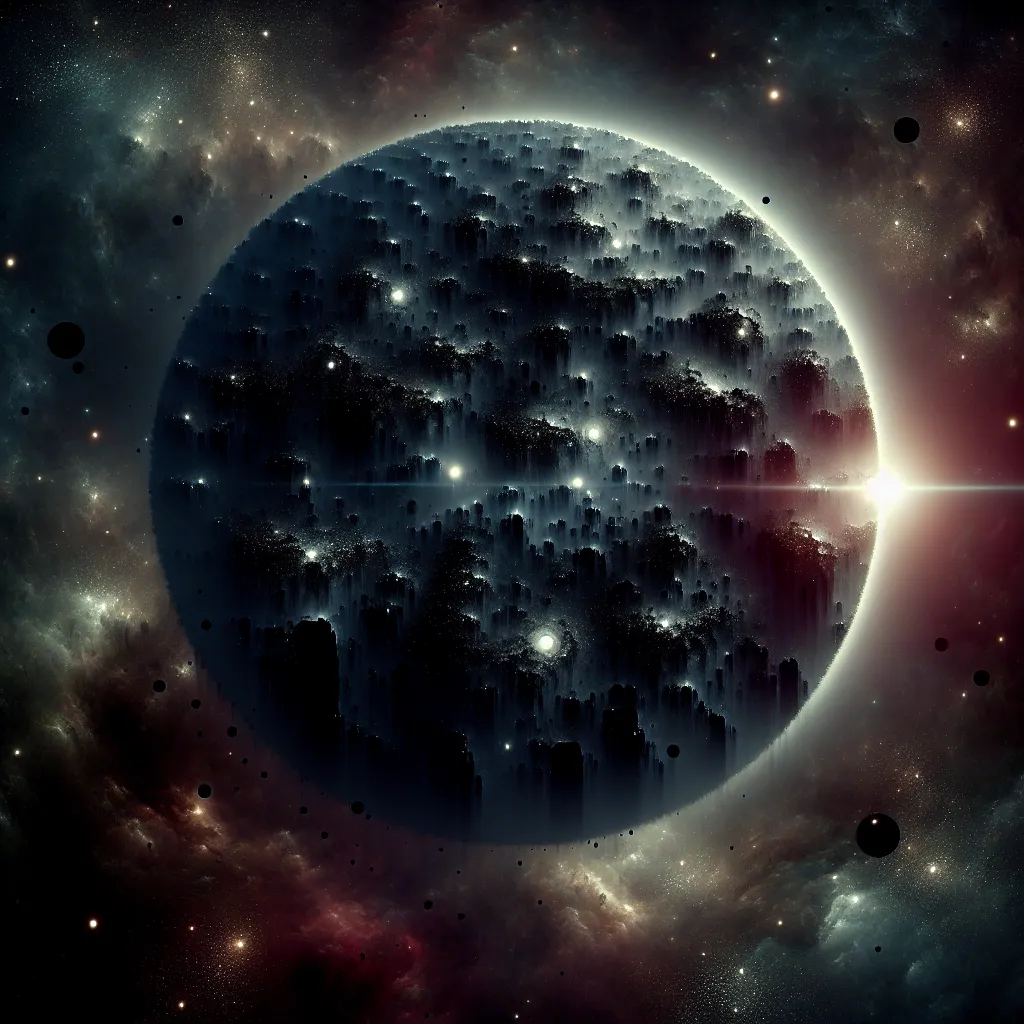Planet Earth, our beautiful home, is a slightly squashed sphere with a heavy core of metals and a lighter surface crust, all wrapped in a thin atmosphere. It’s a planet full of vibrant life, vast oceans, fertile plains, breathtaking mountains, and flowing rivers. Orbiting a star that warms and energizes us, Earth has been around for about 4.6 billion years. But how did it come to be, and what’s it made of?
Around 4.6 billion years ago, Earth was born from a giant, dirty gas cloud filled with remnants of dead stars. This gas cloud became denser in the center, forming an accretion disk where small particles clumped together and built larger structures, eventually forming the planets we know today. This process, taking about 10 to 20 million years, still contains many mysteries.
In its early days, Earth faced a chaotic solar system and was struck by a Mars-sized object. This collision was violent, but it helped form our Moon. At that time, Earth was a hot, chaotic place with seas of lava and a toxic atmosphere. But things started to change as Earth cooled down.
Water began to emerge from Earth’s interior, raining down and vaporizing into clouds. Asteroids brought more water, and over time, Earth’s surface became 71% water and 29% land. Salty water makes up 97.5%, while only 2.5% is freshwater. Most of this freshwater is frozen, leaving us with just a tiny fraction for lakes, rivers, and living things.
As Earth cooled, its surface formed a thin crust. Beneath this crust, hot rock continues to move, causing the crust to break and shift in a process called plate tectonics. This movement creates mountains like Everest and trenches like the Mariana Trench. From a broader perspective, these features are tiny compared to the entirety of Earth.
The Earth’s structure includes a crust about 50 kilometers thick, a mantle stretching 2,900 kilometers thick, and a core made of iron and nickel. The outer core is liquid, while the inner core is solid, with temperatures reaching those of the Sun’s surface. The core plays a role in generating Earth’s magnetic field, which protects us from high-energy particles from the Sun.
The atmosphere, composed of nitrogen, oxygen, argon, and carbon dioxide, is vital for life. The lowest layer, the troposphere, is where weather happens. Above it lies the stratosphere, housing the protective ozone layer. Higher up, in the mesosphere, temperatures drop dramatically. Beyond that lies the thermosphere, merging gradually with outer space.
Humans, existing for only a tiny fraction of Earth’s history, live in this thin, moist layer on our small, wet rock. Earth is a product of cosmic chaos, a continuous cycle of creation and destruction driven by the laws of the universe and random events. We are indeed very lucky to call this planet home.






